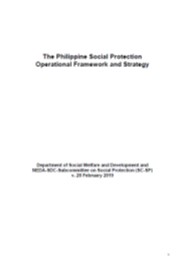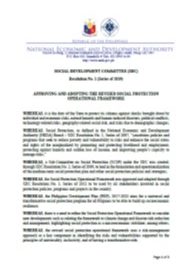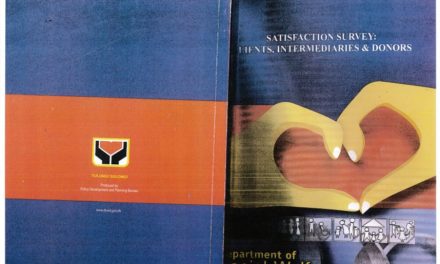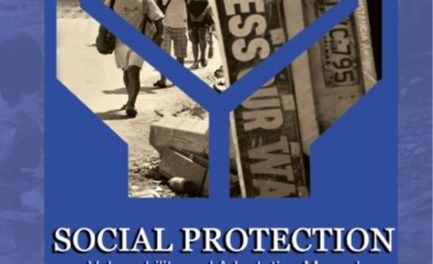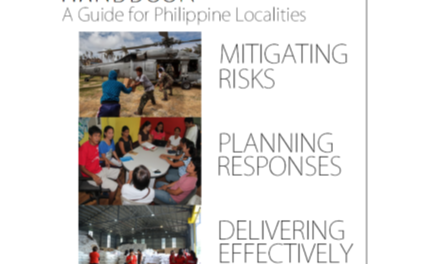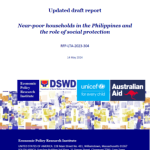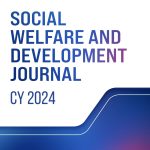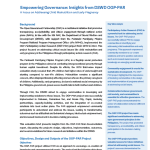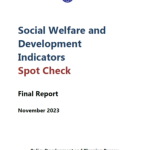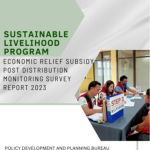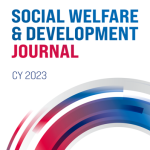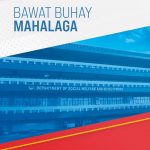Annex B-3. Social Protection Operational Framework
In 2006, while in the process of formulating its sectoral reform agenda1, the Department of Social
Welfare and Development (DSWD) defined its contribution and important role in rationalizing
social protection in the Philippines. One of its key initiatives was to begin discussions on social
protection at the Sub-Group on Social Protection of the Working Group on MDGs and Social
Progress in the Philippine Development Forum (PDF2). The recommendations of the Sub-Group
on Social Protection were then presented to the Technical Board of the Social Development
Committee (SDC) and eventually to the SDC Cabinet Level. This led to the formalization of the
social protection definition on February 13, 2007.
The social protection definition and framework became more critical at the onset of the global
financial crisis in 2008. As a response to the crisis, the government issued Administrative
Orders 232 and 232-A which clustered social welfare programs to a National Social Welfare
Program Cluster. In 2009, the Cluster commissioned the Development Academy of the
Philippines (DAP) to conduct an assessment of social welfare and protection programmes in the
country entitled “Review and Strengthening of the National Social Protection and Welfare
Programs”. The study recommended that social welfare programs need to be harmonized in
order to avoid overlaps and to improve targeting of areas and beneficiaries. The government
must also align and coordinate poverty reduction with social protection especially in crafting
interventions and strategies. A “poverty versus risk” chart was also prepared to clarify the
distinctions and their interactions.
In response to the results of the DAP study, the Department of Social Welfare and Development
(DSWD), the National Economic and Development Authority (NEDA) and the Social Security
System (SSS) led jointly in formulating an Operational Framework to harmonize all social
protection programs. The framework was presented to the SDC Cabinet Level in October 2009.
Subsequently, SDC created a Sub-Committee on Social Protection during the same period.
In 2010, Executive Order No. 10 was issued adopting the National Household Targeting System
for Poverty Reduction (now known as Listahanan) as mechanism for identifying the poor
households who will be recipient of various social protection programs.
In 2012, the SP Operational Framework was approved and adopted as SDC Resolution No. 3.
The framework serves as the overall framework for implementing social protection programs /
interventions and other policies related to SP. In the same year, the DSWD led the formulation
of the SP Handbook and the SP Vulnerability and Adaptation Manual. The SP Handbook serves
as primary reference guidebook in implementing social protection interventions from the national
to LGU level while the SP VAM serves as the tool for assessing risks and vulnerabilities at the
local level.
In 2014, training on the use of SP Handbook and SP-VAM was conducted to capacitate the local
government units. Also, in 2014, Republic Act 10645 was passed to provide Mandatory
Philhealth Coverage for Sr. Citizens. In 2015, Joint Memorandum Circular No. 1, between the
DSWD and DILG was issued enjoining all provinces, cities and municipalities to use the SP
Handbook in local planning and program implementation. Further, the Inter-agency Committee
on Social Protection Statistics was established to serve as venue for discussion and resolution of
issues, review of current techniques/methodologies and for recommendation of policies and
workable schemes towards improvement of social protection and other related statistics.
Also in 2015, with the goal towards establishing a nationally defined social protection floor in the
Philippines, an Assessment Based National Dialogue (ABND) to review
the social protection system in the country was conducted by the ABND Core Group jointly
chaired by BWSC-DOLE and NEDA. From March to April 2015, three island-wide consultations
were conducted to validate the assessment matrix of major social protection programs. In a Joint
NEDA Board-SDC and HDPRC Meeting in 2015 the results of the ABND activities including the
several scenarios/options were presented. As of December 2017, the matrix was reviewed and
validated with concerned agencies.
More recently, the newly formulated Philippine Development Plan (PDP) 2017-2022 included an
exclusive chapter on social protection considered as one of the major strategies to build the
socioeconomic resilience of individuals and families by reducing their vulnerabilities to various
risks and disasters. In 2018, After six years of implementation, there were suggestions to refine
further the framework like specifying the underlying principles, relating the framework to climate
change and disaster risk reduction and management, highlighting fiscal sustainability and
changes in a key term (i.e. social welfare). Given these new developments, the operational
framework was reviewed and further enriched through conferences, regional consultations and
meetings conducted under the auspices of the Social Development Committee. Inputs by
experts from multilateral and bilateral institutions, the academe and think tanks were also taken
into consideration.

